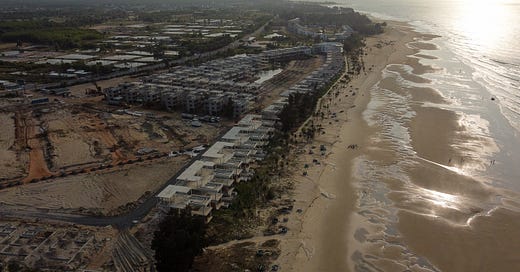Good afternoon! Welcome to the latest subscriber-only edition of the Vietnam Weekly. If you’d like to upgrade to a paid membership to receive all future exclusive posts and access the full archive, you can do so below for US$5/month or US$50/year.
I’m taking a break from the anti-corruption campaign series to discuss international tourism as we near the first anniversary of Vietnam reopening to visitors with no pandemic-related restrictions - March 15, to be precise.
On to the news.
A Lost Year
Vietnam was first out of the gate in Southeast Asia when it came to dropping testing/vaccination/quarantine rules for foreign arrivals. This left many in the tourism industry hopeful that the sector would quickly rebound to its 2019 self when international tourist figures broke records.
But by the end of 2022, Vietnam was left in the dust by its regional peers: Thailand clocked almost 11 million visitors, while Singapore and Malaysia cleared 5 million and Indonesia welcomed over 4 million.
Vietnam, meanwhile, managed 3.6 million visitors, well short of the government’s goal of 5 million. (Though domestic tourism exploded.)
For this article, I’m setting aside the very valid question of what mass international tourism is even good for - let’s just accept (as officials do) that tourism is good because it injects money into the economy.
In many ways, Vietnam is an incredible place to visit. The food is regionally diverse and delicious, the landscapes varied, and the cities relatively exciting. So why has the country fallen on its face when convincing people to visit from overseas?



